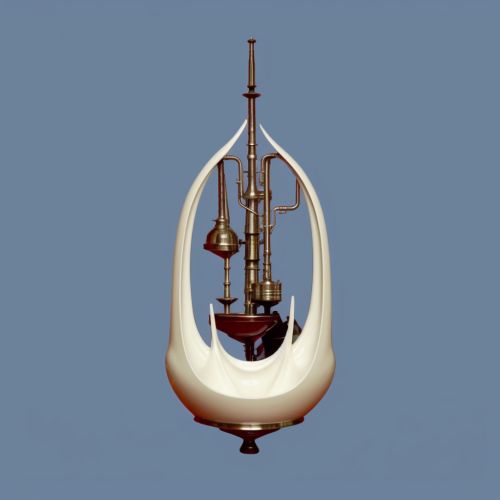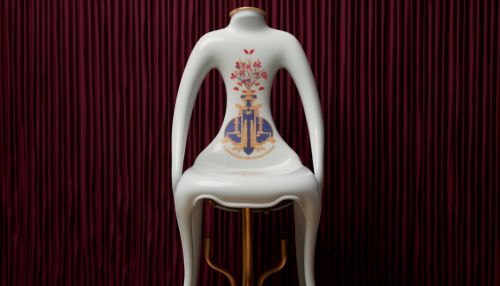Urinary system
Anatomy of the Urinary System
The urinary system, also known as the renal system, consists of the kidneys, ureters, bladder, and urethra. Each of these components plays a crucial role in the production, storage, and excretion of urine, a process vital for the maintenance of the body's homeostatic balance.


Kidneys
The kidneys are bean-shaped organs located towards the back of the abdominal cavity, on either side of the spine. They are primarily responsible for the filtration of blood and the production of urine. Each kidney is composed of approximately one million functional units known as nephrons. The nephrons filter the blood, reabsorb necessary substances, and excrete waste products and excess water as urine.
Ureters
The ureters are muscular tubes that transport urine from the kidneys to the bladder. They utilize peristaltic contractions to propel the urine downwards, preventing backflow and ensuring a one-way flow of urine.
Bladder
The bladder is a hollow, muscular organ that stores urine until it is excreted from the body. It can hold approximately 500 ml of urine, but the desire to urinate is usually felt when it contains about 150 ml. The bladder's muscular wall, known as the detrusor muscle, contracts during urination to expel urine into the urethra.
Urethra
The urethra is the final passageway for the excretion of urine from the body. In males, the urethra also serves as a conduit for semen during ejaculation. The length and function of the urethra differ between males and females, with the female urethra being shorter and solely involved in the transport of urine.
Physiology of the Urinary System
The primary function of the urinary system is to maintain the body's homeostatic balance by regulating the volume and composition of body fluids. This is achieved through the process of urine formation, which involves three main steps: filtration, reabsorption, and secretion.
Filtration
Filtration occurs in the renal corpuscle, a part of the nephron in the kidney. The renal corpuscle consists of the glomerulus, a network of capillaries, and Bowman's capsule, a cup-shaped structure that surrounds the glomerulus. Blood enters the glomerulus and is filtered based on size, with smaller molecules such as water, glucose, and ions passing into Bowman's capsule, while larger molecules like proteins and blood cells remain in the blood.
Reabsorption
Reabsorption primarily occurs in the renal tubules, where necessary substances like water, glucose, and ions are reabsorbed back into the bloodstream. This process is highly selective and is regulated by hormones such as antidiuretic hormone (ADH) and aldosterone.
Secretion
Secretion is the process by which substances are actively transported from the blood into the renal tubules for excretion. This includes substances that were not filtered out in the glomerulus, such as hydrogen ions, potassium ions, and certain drugs.
Pathology of the Urinary System
Several diseases and disorders can affect the urinary system, including kidney disease, urinary tract infections (UTIs), bladder disorders, and urinary incontinence.
Kidney Disease
Kidney diseases can be acute or chronic and can result from a variety of causes, including diabetes, high blood pressure, and genetic disorders. They can lead to a decrease in kidney function, which can result in the accumulation of waste products in the blood and fluid imbalance.
Urinary Tract Infections
Urinary tract infections (UTIs) are infections that can occur anywhere along the urinary tract, but are most commonly seen in the bladder (cystitis) and the urethra (urethritis). They are typically caused by bacteria and are more common in women due to their shorter urethra.
Bladder Disorders
Bladder disorders can include conditions such as cystitis, bladder stones, and bladder cancer. Symptoms can include pain, frequent urination, and blood in the urine.
Urinary Incontinence
Urinary incontinence is a common condition characterized by the involuntary loss of urine. It can be caused by a variety of factors, including aging, pregnancy, prostate conditions in men, and neurological disorders.
